Our collection of Instruments
Since 1994 we could collect representative pianos with a focus on pianos by South German makers. Some square pianos and grand made elsewhere were added to complement the collection.
We followed several guide lines:
Our primary intention was to collect mostly unchanged originals with a minimum of later repairs to research these as scientific sources, to test and refine useful documentation methods to be used as samples for reconstructions based as closely as possible to our research results. In doing so the condition of the originals should not only remain unchanged but preserved and documented to enable to provide a reference base for counterchecking the facsimilia for resemblance but also the specific traces of wear and aging.-
- Secondly we felt obligated to further secure instruments of cultural, social, technical, historical, relevance to prevent loss or decay.
- Thirdly, single instruments previously restored under different aspects (between the scopes of restrained conservation up to renewed playability) should be gathered to study the consequences of such measures undertaken and aid in developing own alternative proceedings and methods to solve occuring problems.
At an early stage of collecting several instruments of Bavarian descent appeared in the antiques trade, in those days outside the financial range of public collections. Therefore we felt a responsibility to acquire eg the grand pianos by Gregor Deiß previously destined for the Royal residence in Munich, and the Louis Dulcken grand of 1805 of former Thurn & Taxis property which were about to be sold to the Pacific sphere, to keep them in their cultural home region as testimonies of a flourishing piano culture.
Our collection includes the following historical instruments:
Grand pianos
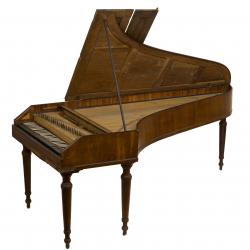
Stein-SChule, ca. 1780
grand piano
school of J. A. Stein, c. 1780
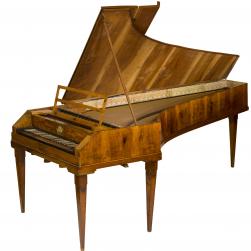
P. A. Bossi, 1802
grand piano
P. A. Bossi, Gradisca d'Isonzo 1802

L. Dulcken, 1805
grand piano
L. Dulcken, Munich 1805
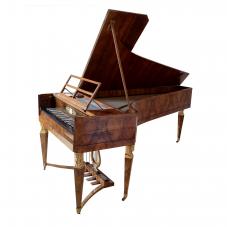
G. Deiß, 1815
grand piano
G. Deiß, Munich 1815
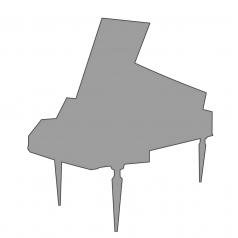
J. Broadwood, 1810
grand piano
J. Broadwood & Sons, 1810
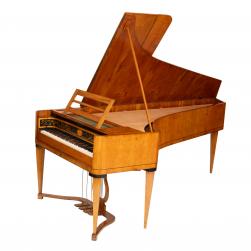
L. Dulcken, 1815
grand piano
L. Dulcken, Munich 1815

J. Böhm, ca. 1825
grand piano with pipe rank
J. Böhm, Vienna ca. 1825
Square pianos
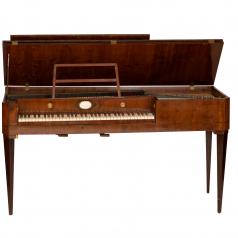
T. Haxby, 1781
Square piano
C. Katholnick, Vienna p.1802

T. Haxby, 1781
Square piano
T. Haxby, York 1781
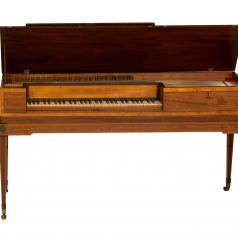
J. Broadwood, 1792
Square piano
J. Broadwood, London 1792
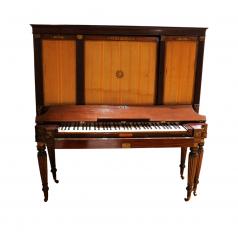
Upright square
Clementi & Co "New Patent", London c.1801

Marchand
Square piano
N.N.Marchand, Paris a. 1800
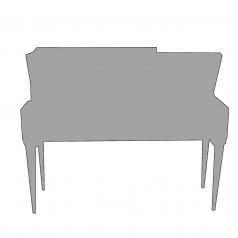
Dieudonné und Schiedmayer
Square piano
Dieudonné und Schiedmayer

J. Dale & Sons
Square piano
J. Dale & Sons
The collection of our institute also includes scientific reconstructions that have been created in our workshop based on such historical models, our findings, documentation, and active recreation. These reconstructions serve our own research approaches, such as practical musical testing (preferably using the corresponding repertoire), and the study of long-term changes and aging processes that such an instrument and its original construction experience over time and use. This allows insights into the traces of time observed on the originals. It also enables us to understand and practically apply the advantages and unique features of the original manufacturing technologies, materials, and processes, making them comprehensible and communicable. Additionally, we provide other sources of information beyond this framework, as part of our mission to disseminate the knowledge we have gathered at
translated with A1 06-2025



